Last week, PG&E finally sent a team of RFI hunters out, who agreed with my assessment regarding which pole seemed to be the trouble, and this week they had a crew out to replace the high voltage section of the pole:
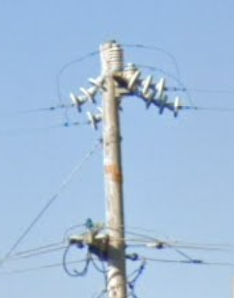
The “before” picture- now it’s obvious how the insulators were sagging.
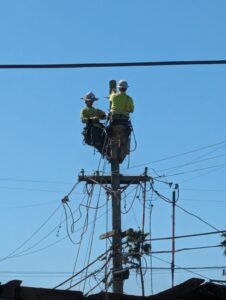
The offending crossbar and insulators removed by a crew.
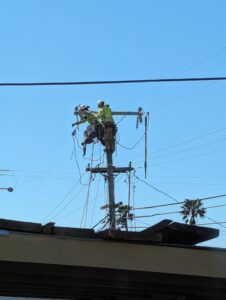
Placing the new crossbar and insulators.
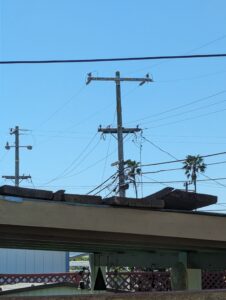
Job done!
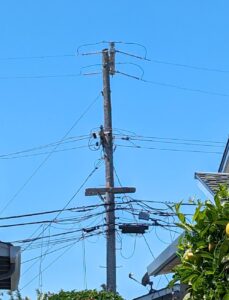
The “after” picture; note how much further away from the pole these insulators keep the wiring
The RFI crew, once PG&E management finally relented in sending them, was very friendly, personable, and professional. They did a great job in confirming my suspicions and told me one of them was even able to hear arcing coming from that pole while standing underneath it. They reported back their findings, and a crew arrived this Tuesday to actually rebuild the top of the pole. This crew was fascinating to watch- so efficient, and they did such a nice, clean job of reworking that pole.
Here we can visually see the buzzing come to an end when power was shut down and the top of the pole was replaced:
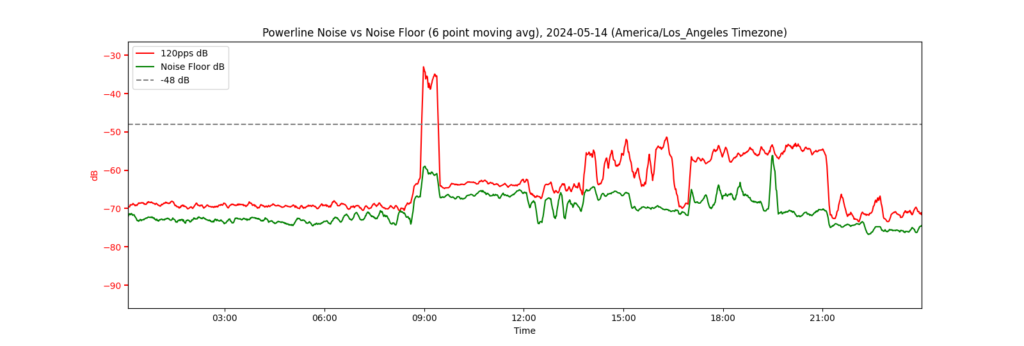
Just after 9 AM, it’s gone, hopefully for good, and with also a reduced risk of fire, damage to property, or someone getting hurt. Unfortunately, this exercise also revealed a secondary source of interference, which is further away and picked up in the early afternoon. This one is proving more difficult to track down; from the bearings I’ve been able to get so far, it appears to originate inside the PG&E Poplar Creek substation. It’s also more intermittent, so I suspect it’s going to be more tricky to trace:
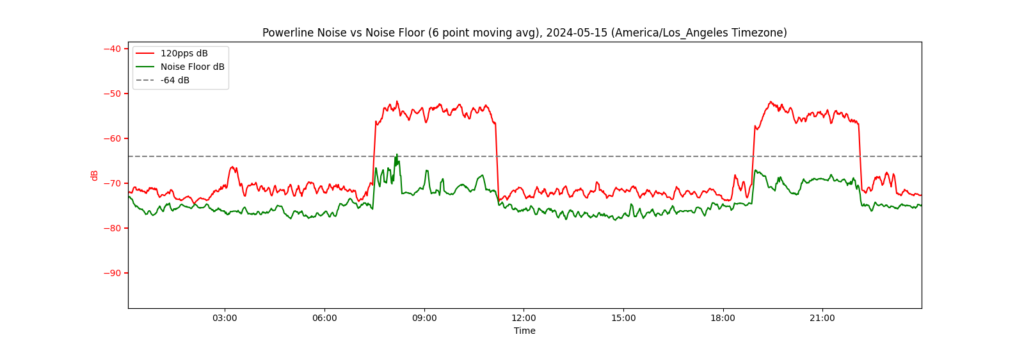
Data collected so far would seem to indicate that this is more of a mid-morning and early evening noise. Because it’s further away, it’s a little more difficult to get a fix on its location, but I was able to get a collection of points yesterday evening:
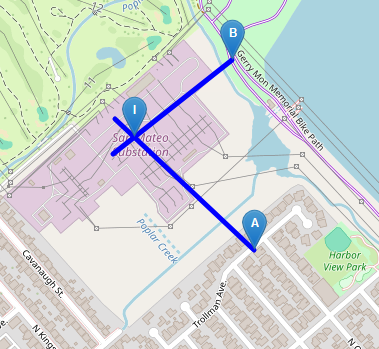
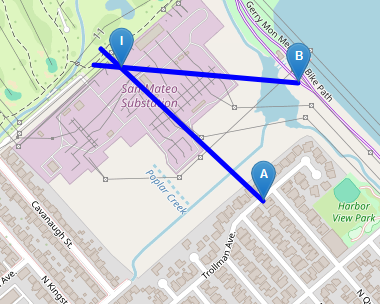
The area immediately around the Poplar substation is inaccessible to the public, so the best I could do was take a few readings from the closest I could get on public property. Note that there’s considerable uncertainty around the real origin of the noise; my antenna is directional, but the main lobe is still up to 30 degrees wide, and my headings are approximate, provided by a tool on my phone and an approximation of the direction my antenna was facing- they could all be off by a few degrees. Thus the real noise source could plausibly be anywhere in a 20 meter radius around these intersection points.
Unfortunately, PG&E wants me to start the entire process over again for the secondary source, so I’ll have to close out the original case, and open a new one now, which means probably another 60 days of dealing with this secondary noise before they send someone out again. At least being further away and less persistent, it’s somewhat less bothersome.
It’s kind of astounding how this utility doesn’t monitor these things on its own and drags its feet so aggressively in dealing with them when they’re reported. Once they actually relented in getting a crew out to investigate, the first problem was identified and resolved very quickly. It would stand to reason that they might want to proactively look for things arcing inside a substation…